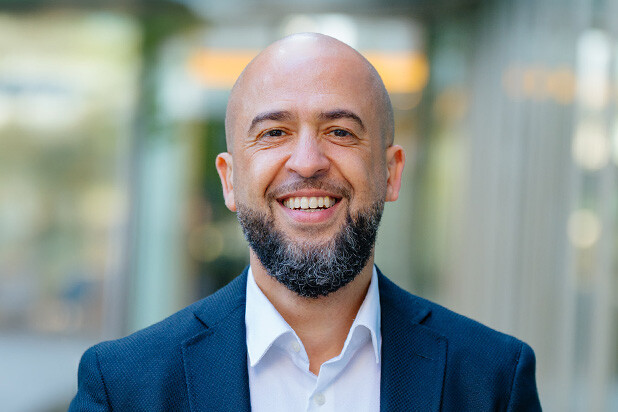Cybersecurity predictions: 2025 and beyond
Security awareness has become critical, with organizations focusing on fostering a culture of security beyond traditional training. Don’t miss strategies to stay ahead in 2025 and beyond.
Redefining security awareness: The persona based approach
Security awareness programs often fail to engage because they don't address the diverse roles and risks within an organization. This blog advocates for a persona-based approach, which raises the effectiveness of cybersecurity training.
Navigating the challenges of cybersecurity leadership
In a budget-tight environment, CISOs must innovate and advocate for effective cybersecurity strategies. This blog outlines how CISOs can transform cybersecurity from a cost center to a business enabler.
What the hack at Scandinavian Airlines teaches us
Scandinavian Airlines (SAS) was the victim of a cyber attack in 2023. The motive behind the attack and the actions SAS took contain important lessons.
Breaking the Cyber kill Chain
How can employees help break the Cyber Kill Chain? To answer that question, you first need to understand how each stage of the Cyber Kill Chain works.
Behavioural change by using SOC use cases
This whitepaper discusses the power of (log)data from existing IT sources and how that data can be converted into use cases that contribute to security awareness.
Behaviour as the key to Secure DevOps
This whitepaper discusses why DevOps teams must be comprehensively trained for Secure DevOps to succeed.
7 steps to a successful security awareness program
This whitepaper discusses common pitfalls and concisely outlines a 7-step approach to a successful security awareness program.
How tun run a crisis simulation in five simple steps
Find out why you should start running crisis simulations for better and faster responses to cyber incidents.












